Want more control over what results you see in your Google search results? Signed-in Google users can now indicate their preferred sources, which will then be eligible to appear more often in the Top Stories section of search as well as a dedicated “From Your Sources” carousel for relevant queries.
To add The Dispatch to your list of preferred sources, click the button below:
Happy Monday! Regular Morning Dispatchers will notice the absence of a segment in today’s TMD, as we say adieu to “In the Zeitgeist.” Hold your tears, though, because a new and improved TMD culture offering is in the works.
Quick Hits: Today’s Top Stories
- U.S. President Donald Trump and Russian President Vladimir Putin met in Alaska on Friday—covered in detail by TMD below—for a diplomatic summit to discuss ceasefire talks in Ukraine. The meeting lasted less than three hours, during which Putin reportedly offered a peace deal in exchange for currently unconquered Ukrainian territory. Trump wrote on Truth Social that the meeting was “very successful” despite leaving without a ceasefire or peace agreement. Ukrainian President Volodymyr Zelensky will meet with Trump at the White House later today, accompanied by the leaders of Britain, France, Germany, Finland, and Italy, along with NATO Secretary General Mark Rutte and EU Commission President Ursula von der Leyen.
- U.S. Attorney General Pam Bondi agreed on Friday to leave the Washington, D.C., police chief in control of the police department while ordering cooperation with federal immigration enforcement efforts. The decision came one day after Bondi had named Drug Enforcement Administration head Terry Cole as acting head of the Metropolitan Police Department, prompting city officials to file a lawsuit seeking to block the administration’s intervention. On Saturday, the Republican governors of West Virginia, South Carolina, and Ohio announced that hundreds of their respective states’ National Guard troops would deploy to D.C. at the White House’s request to protect federal assets and deter crime.
- Thousands of Israelis protested across the country on Sunday, blocking roads and closing businesses in an attempt to pressure the government to seek a deal that would result in the return of Israeli hostages still held by Hamas. Police arrested dozens of people and used water cannons to disperse the demonstrations, which were organized by groups representing the families of the roughly 50 Israelis in Hamas captivity, of whom only about 20 are believed to be alive. Israeli Prime Minister Benjamin Netanyahu called the protests counterproductive, saying that “those who today call for an end to the war without defeating Hamas are not only hardening Hamas’ position and delaying the release of our hostages, they are also ensuring that the horrors of Oct. 7 will be repeated.” The Israeli government said Saturday that it had begun preparations to relocate Palestinians from combat zones to southern Gaza as the Israel Defense Forces ready an offensive into the last remaining sections of the Strip not under Israeli control.
- More than 300 people are dead in northern India and Pakistan after flash flooding and landslides devastated the region in recent days. A Pakistani official told the BBC on Sunday that at least 209 people remained missing in the Buner district alone, which was hit particularly hard. Rescue teams evacuated thousands of residents from both countries, as cloudbursts in the Himalayas and Northern Pakistan triggered large floods and landslides.
- The leaders of California’s state legislature released a draft on Friday of a new gerrymandered electoral map, aimed at boosting Democrats’ prospects in five U.S. House seats currently held by Republicans. The move comes in response to an ongoing effort in the Texas state legislature to, at Trump’s request, redraw congressional districts to benefit Republicans. “Trump sparked this national crisis when he called Texas to rig the election,” Democratic California Assembly Speaker Robert Rivas said. “California is fighting back.” If two-thirds of state lawmakers agree to pass the map next week, voters will decide whether to approve it in a special election on November 4, thereby circumventing California laws that mandate that an independent commission draws congressional districts.
- The Washington Post reported Saturday on a leaked internal planning document from Immigration and Customs Enforcement, which outlines a goal to more than double immigration detention capacity from 50,000 people to roughly 107,000 by the end of 2025. The agency reportedly intends to open or expand 125 facilities this year, relying more on “soft-sided” structures that can be built in weeks. The plan is to be paid for by $45 billion recently allocated by Congress to ICE.
From Russia With Love

Donald Trump and Vladimir Putin had their long-awaited meeting in Anchorage, Alaska, on Friday, and although it was a brisk 57 degrees in America’s coldest state, the Russian autocrat received a warm welcome.
For Putin’s first visit to American soil in a decade, Trump rolled out the literal red carpet. After disembarking his plane, the Russian leader took a 90-second stroll along the tarmac to shake Trump’s hand, at which point he was greeted by a B-2 bomber flyover before climbing into the back of “the Beast,” the official limousine for the U.S. president. There was a Russian car waiting for Putin, but the former KGB officer rode alongside his American counterpart.
Despite the friendly atmosphere, the stakes were high. Putin’s invasion of Ukraine has cost hundreds of thousands of Ukrainian and Russian lives, devastated much of Ukraine, and further isolated Russia from the West. Putin arrived at the negotiating table on Friday seeking the easing of sanctions and Ukrainian territory to be officially ceded to Russia. Trump, meanwhile, wants a Nobel Peace Prize—as his predecessor, President Barack Obama, received in 2009—and believes that negotiating an end to the deadliest war in Europe since World War II will achieve that. The day before the meeting, Norwegian outlet Dagens Næringsliv reported that Trump had cold-called the country’s finance minister in July to discuss tariffs—and inquire about the prize.
The American president entered the meeting determined to secure a Russia-Ukraine ceasefire deal, telling Fox News in advance that he “[wouldn’t] be happy” if he left his summit with Putin without one. Even so, Trump predicted that there was a 25 percent chance that the talks would be a failure, and he told Bret Baier that he was willing to “walk” if they didn’t go well.
Trump and Putin initially planned to start discussions with a one-on-one conversation, joined only by their translators, but those plans were scrapped in favor of a broader meeting: Secretary of State Marco Rubio and Trump’s special envoy Steve Witkoff joined from the American side, Russian Foreign Minister Sergey Lavrov—donning a Soviet Union-branded sweater—and Putin’s longtime foreign policy adviser Yuri Ushakov from the Russian side. Discussions lasted under three hours, and, although Trump described the day’s events on Truth Social as “very successful,” no deal was announced or terms outlined during Trump and Putin’s subsequent news conference. Both leaders declined to take questions from reporters, and Putin flew home to Russia shortly after.
So what was discussed? According to multiple outlets, Putin presented Trump with a similar deal to the one he offered Witkoff last week: Peace would require that Ukraine withdraw all its forces from its eastern Donbas region, effectively ceding authority of the territory to Russia indefinitely. (While Russian forces currently occupy the majority of the Donbas, Ukraine’s defensive line has held a grip on some land.) In exchange, Putin would agree to pause fighting along the current front lines, sign a written statement pledging not to attack Ukraine (again), and consent to U.S.-provided security guarantees for Ukraine.
Ukrainian President Volodymyr Zelensky has previously publicly rejected such a deal, opposing any arrangement that would allow the Kremlin to divvy up and reign over large sections of Ukraine. “If we withdraw from the Donbas today—our fortifications, our terrain, the heights we control—we will clearly open a bridgehead for the Russians to prepare an offensive,” Zelensky warned last week. Maria Snegovaya, a senior fellow at the Center for Strategic and International Studies, noted in a summit preview last week that “Ukraine currently controls about 25 percent of the [Donbas’] Donetsk region,” and that “ceding such a large portion of its own unoccupied territory (even in exchange for other areas) would be unprecedented.”
As Trump flew back to Washington, D.C., following the summit, he called Zelensky and European leaders to provide an update on his latest discussions with Putin. According to an unnamed source with “direct knowledge” who spoke to Axios, the call lasted more than 30 minutes and “was not easy.” The president’s position, according to the source, is that a fast peace deal is preferable to a ceasefire, and—with Putin willing to do so—ending the war is up to Zelensky. “We, I think, are close to a deal, but I don’t like saying it,” Trump told Fox News’ Sean Hannity on Sunday, adding that, while “many things can happen,” he believes Putin “would like to solve the problem.”
“Now,” he added, “it’s really up to President Zelensky to get it done.”
The Ukrainians, meanwhile, maintain that a ceasefire is a necessary prerequisite for any lasting peace deal and that, without sufficient security commitments, Putin will invade their country again in the future. This is also the view of many European allies who rallied behind Ukraine in the run-up to the Friday summit, most of whom will join Zelensky at the White House later today for a follow-up conversation—his first in-person visit since February, when a heated conversation with Trump and Vice President J.D. Vance led to a swift and bitter departure. “The Europeans are very afraid of the Oval Office scene being repeated,” Dominique Trinquand, the retired French general who previously served as head of France’s military mission at the United Nations, told CBS News. “So they want to support Mr. Zelensky to the hilt.” NATO Secretary General Mark Rutte, European Commission President Ursula von der Leyen, French President Emmanuel Macron, British Prime Minister Keir Starmer, Italian Prime Minister Giorgia Meloni, Finnish President Alexander Stubb, and German Chancellor Friedrich Merz are all expected to be in attendance.
But Trump may have previewed his approach to today’s meeting in a Truth Social post late last night. “President Zelenskyy of Ukraine can end the war with Russia almost immediately, if he wants to, or he can continue to fight,” he wrote. “Remember how it started. No getting back Obama given Crimea (12 years ago, without a shot being fired!), and NO GOING INTO NATO BY UKRAINE. Some things never change!!!”
Zelensky responded about an hour later in a post on X. “I have already arrived in Washington,” he wrote, adding that he’s grateful for the White House invitation. “We all share a strong desire to end this war quickly and reliably.” However, he noted: “Of course, Crimea should not have been given up then, just as Ukrainians did not give up Kyiv, Odesa, or Kharkiv after 2022. Ukrainians are fighting for their land, for their independence.” For Zelensky, a ceasefire is the priority, yet continuing to fight remains preferable to Russia taking Ukraine’s eastern territory, including fully developed cities.
Meanwhile, Putin made clear on Friday that, short of gaining Russia a large section of Ukraine through diplomacy, he is willing to continue pursuing alternative means toward his ends. While on the tarmac next to Trump shortly after arriving in Alaska, Putin was asked by a reporter, “Will you stop killing civilians?” The Russian leader responded with a shrug and acted as if he had not heard the question, tapping his ear ironically.
Today’s Must-Read
Human beings don’t like to be dependent. If you’ve ever broken a bone or had some other temporary physical impediment, you know that it is difficult to accept someone else’s help, no matter how gracious they may be in giving. And we recognize that some types of dependence can be pernicious: When a person relies on others such that his or her emotional well-being hinges on external acceptance and validation, psychiatrists call it “dependent personality disorder.” All of us were born dependent and remained so for years; most of us will experience a period of decline before we die when we’ll once again become dependent on others. Indeed, the American bioethicist and theologian Gilbert Meilaender described a trajectory or arc of life, where we begin and end our lives dependent on others but spend a great deal of time much less so—and one of the things that we do with that freedom is care for those who are dependent. The way our arcs of life crisscross over the decades is beautiful and, in the words of one highly anticipated book, dignifying.
Toeing the Company Line
American Groundwater
People with the wrong politics are still Americans.
Anti-Gravity
What happens when a postliberal government becomes unpopular?
Douglas Wilson’s America
His work to create a confessionally Christian state is the wrong antidote to what he seeks to cure.
A24’s Middling Foray Into Politics
Why watch ‘Eddington’ when you could just watch videos from 2020 on your phone?
No Ordinary Song
How the pop song of the summer (unexpectedly) articulates Catholic teaching on sex.
The Long Shadow of the Summer of 2020
A new book recalls the destructive outgrowths of America’s recent racial reckoning.
American Christianity’s False Loyalty Test
When politics becomes a more important indicator of one’s faith than theology.
America Hands China an AI Advantage
Trump’s Nvidia deal will aid in Beijing’s development of cutting-edge military technology.
Jewish Democrats Labor to Maintain Party’s Support for Israel
But a leading group argues the GOP has yet to benefit from Democrats’ division over the Jewish state.
Is Debanking Really Discrimination?
A new executive order seeks to end the practice, but policy experts and banks blame regulation, not politics.
Déjà-Munich | Solo
Peace is an illusion.
No Deal in Alaska | Interview: Tim Mak
Trump’s embarrassing Russia-Ukraine summit aftermath.
Worth Your Time
- In The Atlantic, Ian Bogost wrote about the profound levels of AI usage among essentially all U.S. students. “That’s what I’m seeing in the classes that I teach and hearing from the students at my school: The technology is no longer just a curiosity or a way to cheat; it is a habit, as ubiquitous on campus as eating processed foods or scrolling social media,” he noted. “In the coming fall semester, this new reality will be undeniable. Higher education has been changed forever in the span of a single undergraduate career. … Students don’t want to cheat; they certainly don’t want to erode the value of an education that may be costing them or their family a small fortune. But if you have seven assignments due in five days, and AI could speed up the work by tenfold for the cost of a large pizza, what are you meant to do?”
Presented Without Comment
Associated Press: How Do Mascots Like The Phillie Phanatic Stay Fresh In The Summer Heat? Vodka And Water.
Also Presented Without Comment
NPR: Government Papers Found in an Alaskan Hotel Reveal New Details of Trump-Putin Summit
Eight pages, that appear to have been produced by U.S. staff and left behind accidentally, shared precise locations and meeting times of the summit and phone numbers of U.S. government employees.
At around 9 a.m. on Friday, three guests at Hotel Captain Cook, a four-star hotel located 20 minutes from the Joint Base Elmendorf-Richardson in Anchorage where leaders from the U.S. and Russia convened, found the documents left behind in one of the hotel’s public printers.
Let Us Know
Have any thoughts or questions about today’s newsletter? Drop us a note in the comments!

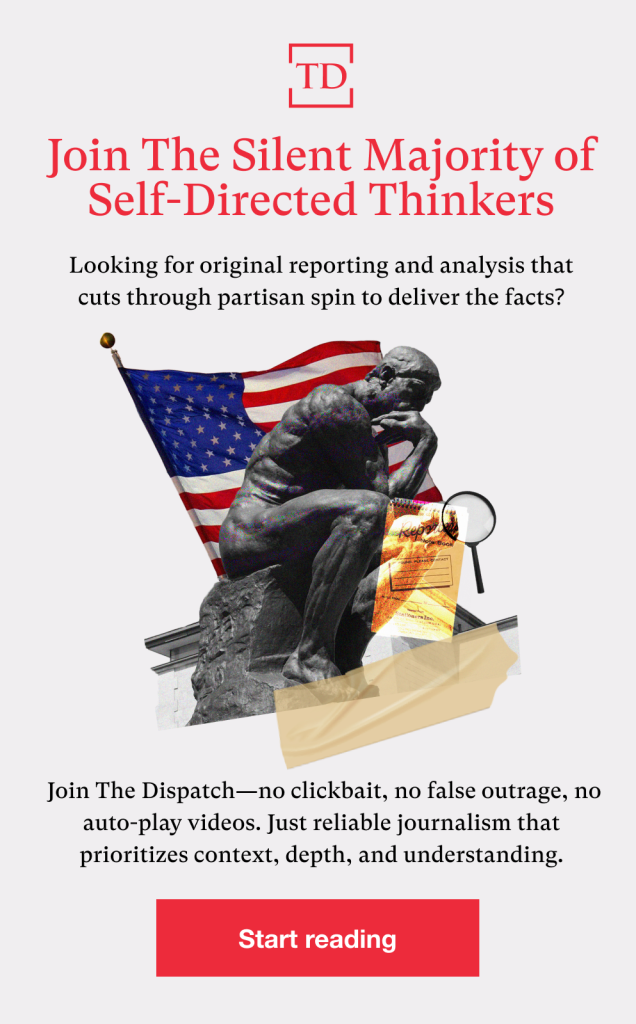

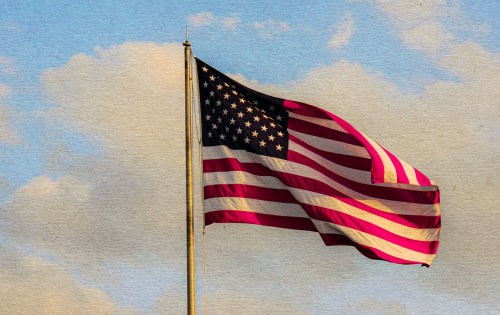
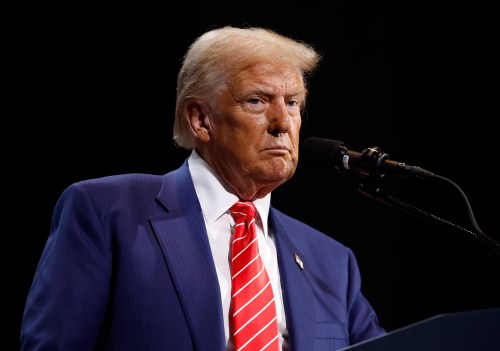
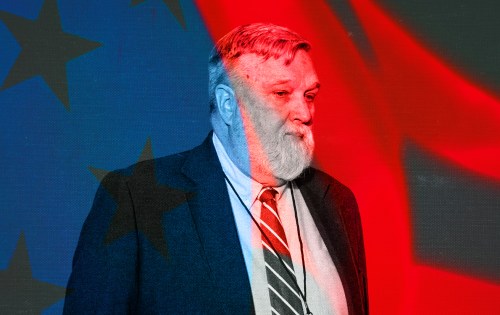
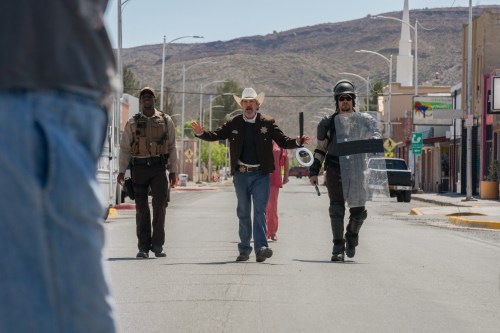
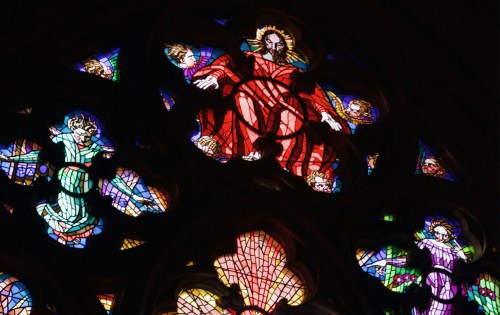
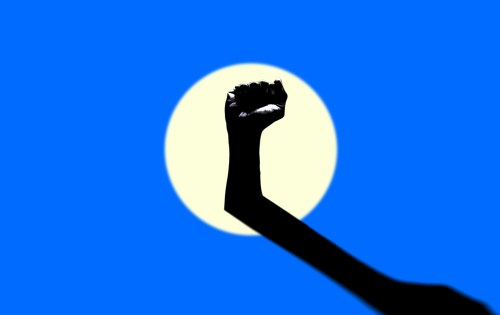
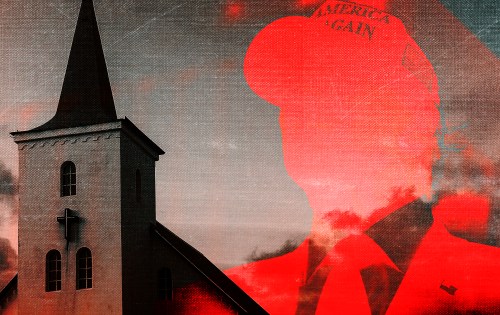

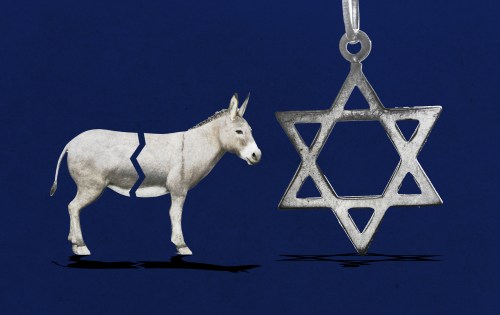
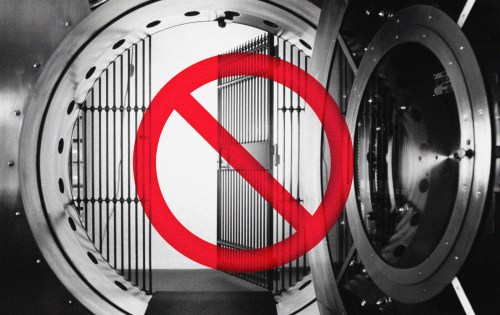
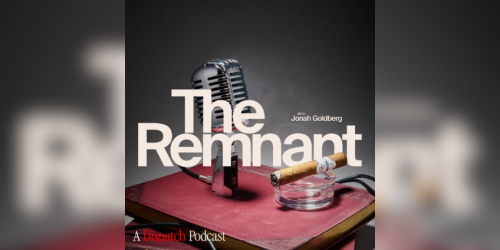
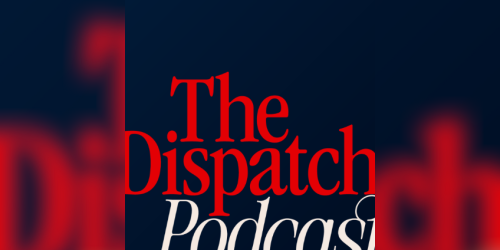
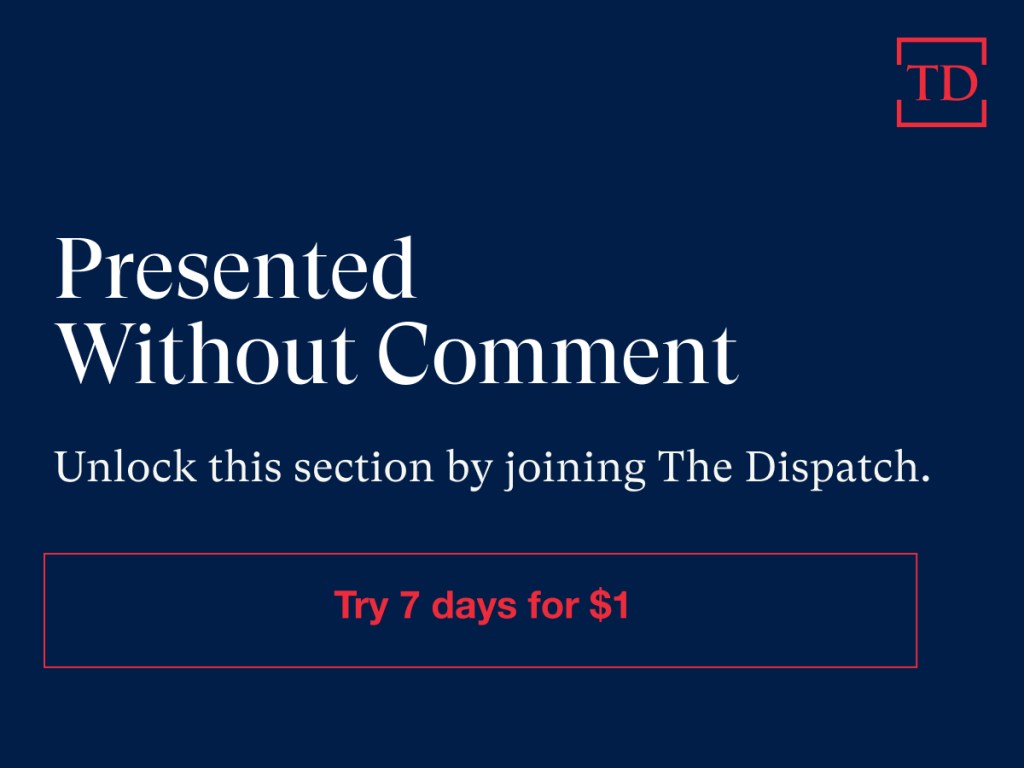



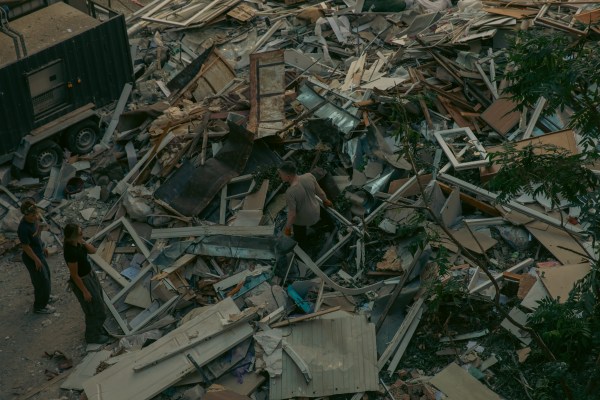
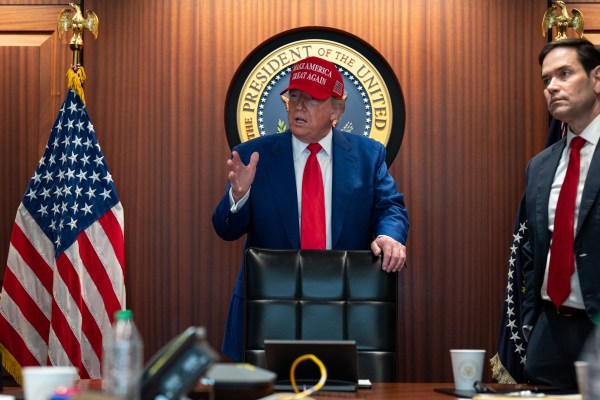
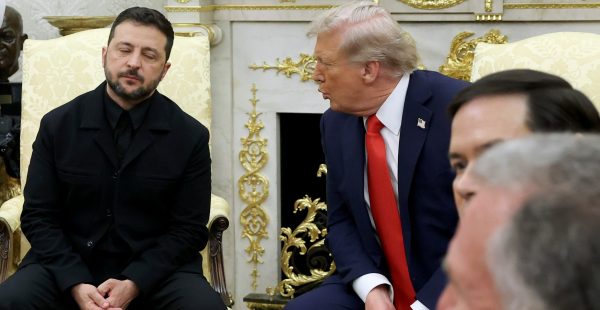
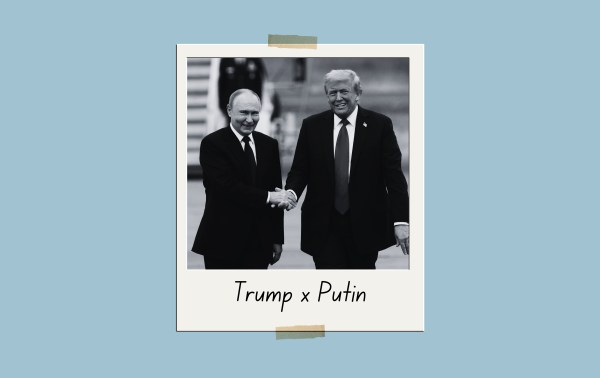

Please note that we at The Dispatch hold ourselves, our work, and our commenters to a higher standard than other places on the internet. We welcome comments that foster genuine debate or discussion—including comments critical of us or our work—but responses that include ad hominem attacks on fellow Dispatch members or are intended to stoke fear and anger may be moderated.
With your membership, you only have the ability to comment on The Morning Dispatch articles. Consider upgrading to join the conversation everywhere.